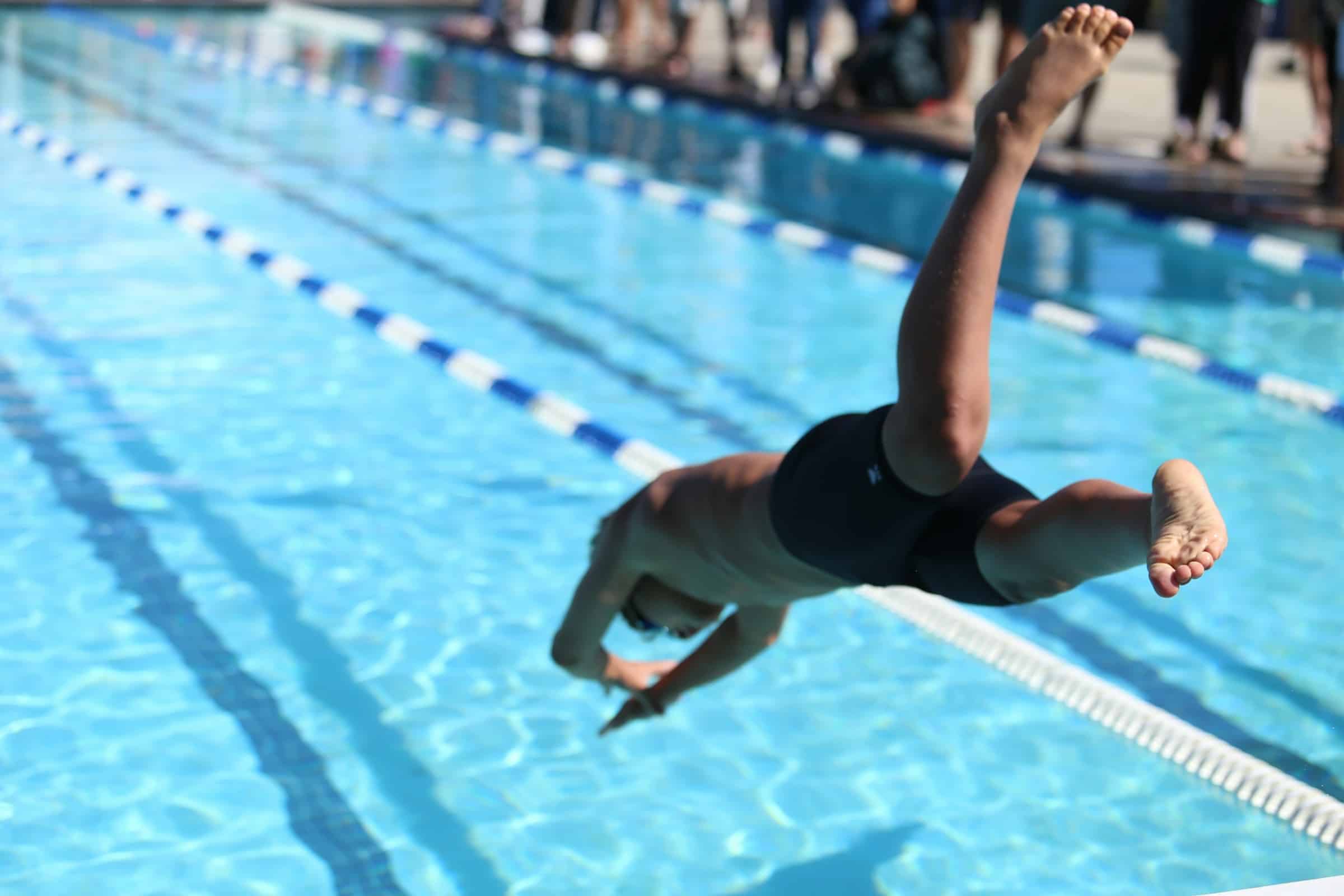What are the latest teaching methods for advanced stroke techniques in UK competitive swimming?

Over the past few years, the world of competitive swimming has seen a transformation in the teaching methods used for advanced stroke techniques. With the advent of new technologies and a deeper understanding of the human body's biomechanics, swimmers across the UK are learning the art of swimming in more efficient and sophisticated ways. In this article, we will delve deep into the latest teaching innovations in the realm of stroke techniques, focusing on the front crawl, backstroke, and kick techniques.
The Evolution of Front Crawl Teaching Techniques
The front crawl, also known as freestyle, is a key stroke in swimming. It's often the first stroke swimmers learn and it's also the fastest. The technique involves alternating arm movements with a flutter kick, while the body rotates from side to side. Over the last few years, the teaching methods for the front crawl have evolved significantly.
A voir aussi : How can UK disability sports programs be enhanced to increase participant engagement?
Traditionally, swimmers were taught to focus on hand entry and pull-through. However, the latest teaching techniques emphasize the importance of the entire arm in creating propulsion. This holistic approach considers the arm as a single unit from shoulder to fingertip, rather than focusing on individual parts. This arm-lead technique means a greater understanding of the role of the shoulder and the elbow in enhancing speed and reducing the risk of injury.
In addition, video technology is now widely used as a teaching tool. Coaches record swimmers' front crawl strokes from different angles and review the footage with them, enabling swimmers to visualize their technique and make necessary corrections. Moreover, advanced software can analyze these videos to provide more detailed feedback on stroke timing and body position.
Avez-vous vu cela : How to choose the right gym management software for your gym
The Rise of Biomechanics in Backstroke
The backstroke, characterized by the swimmer lying on their back in the water, has also seen an evolution in teaching techniques. The focus of modern lessons is on the science of biomechanics, understanding how the body moves in the water to maximize efficiency.
Initially, backstroke lessons emphasized keeping the body flat on the water's surface. However, current teaching methods understand that a slight body rotation can result in a more powerful stroke and enhanced speed. The body roll technique allows swimmers to engage their core and use larger muscles to drive their arm pull, thereby conserving energy and improving performance.
Using biomechanics principles, lessons now also focus on stroke rate and stroke length. Coaches use video technology to analyze these aspects and provide feedback, helping swimmers to find the optimal balance for peak performance.
The Importance of the Kick in Elite Swimming
The kick in swimming is often underestimated, but it plays a vital role in maintaining body position and propelling the swimmer forward. In the past, swimming lessons used to concentrate mainly on arm strokes, but recent techniques give equal importance to the kick.
Advanced kick teaching techniques stress the need for a strong core and flexible ankles. Swimmers are taught to initiate the kick from the hips, not the knees, with the power transferred down the leg to a flexible ankle. This hip-driven kicking technique results in a faster and more efficient kick.
Video technology, just as with the front crawl and backstroke, plays a pivotal role in kick training. It allows swimmers to see their kick from different perspectives, helping them to learn and understand the biomechanics involved.
The Role of Drill Work in Stroke Development
Drill work has been a cornerstone of swim training for years, but it has seen a resurgence in popularity recently. Drills help break down the complex movements of swimming strokes into manageable parts. They are an effective way of focusing on one aspect of a stroke at a time, which can be particularly useful when learning advanced techniques.
Recent teaching methods emphasize bespoke drills, tailored to the individual swimmer's needs. This personalized approach to drill work allows swimmers to work on their specific weaknesses, leading to faster improvement.
The Impact of Technology on Learning Advanced Stroke Techniques
The advent of technology has revolutionized how swimmers learn advanced stroke techniques. In particular, the use of video technology has become a game-changer in swimming lessons.
Swimmers can now watch themselves swim from multiple angles, enabling them to identify and correct any flaws in their strokes. These videos can be analyzed using specialist software, providing detailed data on stroke rate, body position, and other key performance indicators.
Moreover, wearable technology is making its way into the swimming world. Devices can measure heart rate, stroke count, and even detailed metrics like the speed of each arm stroke. This gives swimmers and coaches an unprecedented amount of data to analyze and use in training.
In summary, the teaching methods for advanced stroke techniques in UK competitive swimming have evolved considerably. They now incorporate a more holistic view of stroke technique, an emphasis on biomechanics, a focus on the kick, personalized drill work, and the use of cutting-edge technology. As these techniques continue to gain traction, we can expect to see even higher levels of performance in the competitive swimming world. However, even now, it's clear that these advancements are helping to shape the champions of tomorrow.
The Benefits of Swim Camps for Advanced Stroke Techniques
Swim camps have become an increasingly popular way for swimmers to improve their stroke techniques. These intensive programmes allow swimmers to focus solely on their training for a period, working with highly trained coaches to refine their techniques.
In the UK, swim camps often attract elite swimmers, those who aspire to compete at the highest levels. Over the years, they have contributed enormously to the development of advanced stroke techniques. Swimmers at these camps are exposed to the latest training methods, enabling them to learn swim techniques more rapidly and efficiently.
Swim camps utilize video analysis extensively. This leads to a better understanding of body position, stroke rate, and arm action, among other things. This video analysis technique identifies areas of improvement that could lead to an increase in swimming speed. Also, these camps often provide facilities for open water training, offering swimmers a different environment to train in and adapt their techniques to.
Moreover, camps often feature guest appearances from successful competitive swimmers. These sessions can provide invaluable tips for swimming more effectively and share experiences about the world of competitive swimming.
A Focus on Mental Strength in Competitive Swimming
While physical training and technique are crucial, the mental aspect of competitive swimming is often overlooked. However, the latest teaching methods are placing increasing importance on this crucial aspect.
Elite swimmers are now trained to develop mental resilience, focus, and a positive mindset. Simulating race situations during training, practicing visualization techniques, setting personal goals, and learning to cope with pressure are all strategies now employed to enhance mental strength.
The ability to maintain a high level of concentration throughout a race can drastically impact performance. This mental strength technique helps swimmers to stay focused on their technique, to adjust their pace when required, and to cope with the strain of competition.
Furthermore, emotional management is part of the mental strength training. Swimmers are taught to manage their emotions before, during, and after a race, helping them to perform at their best in all circumstances.
Conclusion
The realm of competitive swimming is constantly evolving, with ever-advancing techniques and technologies coming to the fore. From the emphasis on arm-lead techniques in the front crawl to the body roll technique in backstroke, and from the power of the hip-driven kicking technique to the precision of personalized drill work, the landscape of swim lessons is changing.
The use of technology, particularly video analysis, has become a staple in advanced swimming training. It has transformed the way swimmers and coaches analyze and improve technique. Moreover, the incorporation of mental strength training into swim camps shows a comprehensive approach to preparing swimmers for competition.
These latest teaching methods for advanced stroke techniques in UK competitive swimming are creating a new generation of swimmers. These athletes are not only physically adept but also mentally resilient, and they're equipped with the very best techniques and technologies available.
While the speed of progress is remarkable, it's clear that the essence of swimming - the commitment, determination, and sheer love of the sport - remains the same. It's these qualities, coupled with cutting-edge techniques and technologies, that will continue to drive the success of UK competitive swimming. Today's swimmers are indeed being shaped into the champions of tomorrow.
